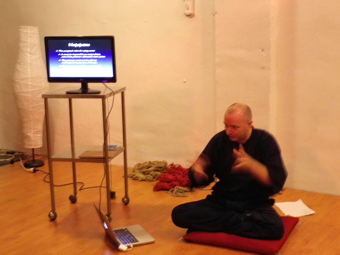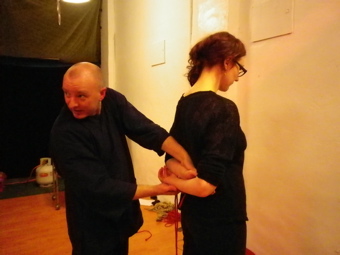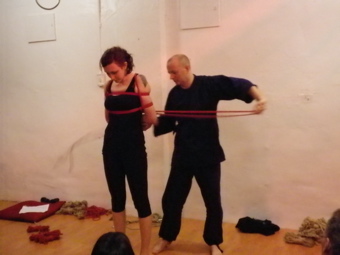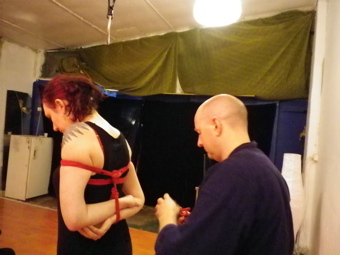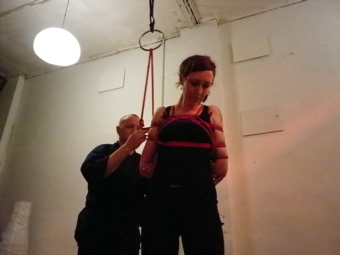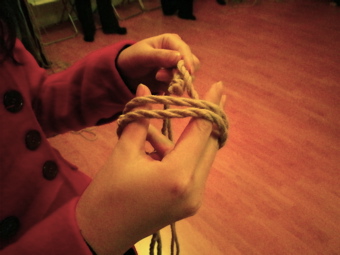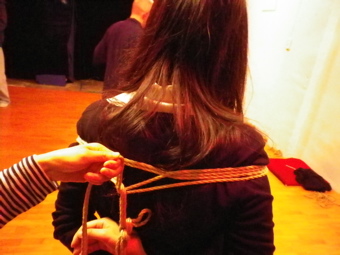English Japanese
Does anyone know about this particular aspect of Japanese culture called SHIBARI? Although the name sounds voluptuous, it really rings no bell and gives no insight into what it is really on about.
After a quick research, it is found that Japanese SHIBARI was developed during the Edo period.
Handcuffs were not common at the time so ropes were used to restrain criminals. Criminals may be able to break free as only one rope was used so to prevent them from escaping, a certain level of technique was required to tie them up securely.
An unique trait of Japanese is that they like to discover the beauty in different actions, such as actions from martial arts, tea ceremony and flower arrangement. Moreover, Edo period was a time when strict hierarchy was in place. As a result of these, the rules for tying knots and ropes were different depending on the person’s class status, gender and age, etc.
And now, there is a SHIBARI dojo located in Melbourne!
What kind of place is it like ….. ?
I attended the class in Thornbury dojo with a mixture of uneasiness and curiosity.
The teacher is called Scott. Scott learnt SHIBARI technique in Japan, and opened up this dojo because he wanted to pass on SHIBARI’s profundity and magnificence to other Australians.
The class I attended was for beginners. The first hour was spent on explaining the history behind SHIBARI and the ways of tying knots, and the latter hour was spent on putting them into practice. The ten participants all looked very serious.
The explanation given was a combination of safety precautions, historical insights into Edo period’s shunga (pornographic prints) and examples of tying the different knots.
This particular aspect of Japanese culture is hardly seen around contemporary Japan now so even a Japanese would barely know about the history behind it and the various types of SHIBARI. Thus I could not help but to nod repeatedly in astonishment.
After that, Scott showed us his skills.
Scott tied up the female model in a skilful manner while explaining the points that may be dangerous if you do it the wrong way.
There was no point for the model to resist, and within a second, her hands were tied back.
Then he put the rope through a loop that was hanging from the ceiling, and tried suspending the model horizontally.
The knots that were precisely tied up looked beautiful. The rope made the human body stand out and made it look more beautiful. I fell into a luscious atmosphere.
Then it was time for us to try it out ourselves. Ropes were handed to us and we tried tying up our fellow participants.
Although Scott taught us thoroughly, it was still a bit difficult to remember the way to use the rope and the processes.
After many practices, I finally learnt how to tie their hands behind their back.
It is said since ancient Shinto that ropes connected men to gods and men to men. In modern age, ropes are said to be useful tools in helping to facilitate communication between partners and to strengthen their bonds.
I completely understood this point after seeing Scott and the model’s skills in real life. Seems like one can achieve a very powerful communication of love ….
(However, using ropes could be dangerous so beginners really need to get advice from professionals before trying it out.)
Detail of Scott’s Rope Dojo is here.
http://www.melbourneropedojo.com.au/




